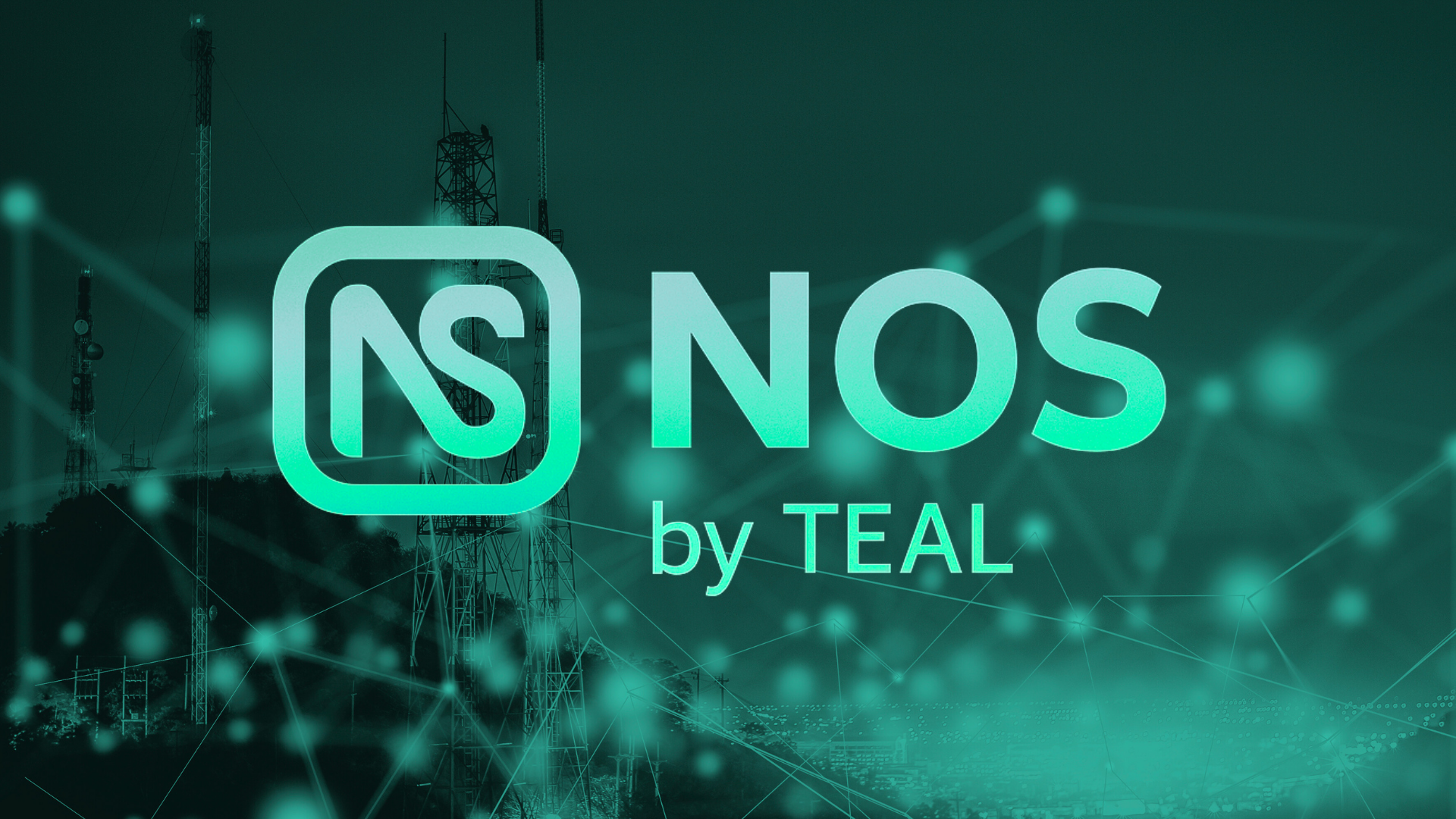How Network Localization Solves Permanent Roaming Risks

Operators and regulators in major countries around the world – including Brazil, Canada, China, India, Australia, and the United States – have grown increasingly hostile towards permanent roaming over the last few years. This poses a major challenge for IoT device operators that have relied on single Mobile Network Operator (MNO) or Mobile Virtual Network Operator (MVNO) agreements to connect devices on non-home networks.
For those that are unfamiliar with the term, “permanent roaming” occurs when an IoT device connects to a network within a geography that sits outside of its “home” market or country for a long period of time. While permanent roaming has historically been supported on many networks, now devices that roam within hostile networks or countries are at a greater risk as operators and regulators home-in (no pun intended) on unwanted permanent roaming traffic. Security is a major factor here, as many regulators have demanded the identity of a SIM and the data from an IoT device to terminate within a nation’s borders for it to meet security requirements.
On top of security-related risks, roaming is generally a very expensive option for IoT devices with poor application performance due to data routing architectures that are undesirable for most IoT applications.
Fortunately, eSIM/eUICC technology has the potential to solve these concerns through network localization.
Network localization eliminates permanent roaming risks and improves performance by downloading local network credentials over-the-air (OTA) to a device. For example, in the past, when a device was deployed using off-the-shelf SIM technology in a non-home network, the device would roam into that network, incurring expensive roaming fees while being subject to poor network performance. However, by switching that off-the-shelf SIM out with certain eSIM/eUICC tech, that same device can now download a local network credential OTA, minimizing the security risks associated with permanent roaming while addressing network performance issues and reducing costs.
While some eSIM solutions claim to enable network localization, Teal has developed the world’s first true eSIM platform that gives device operators full control over patented network credentialing technology. This technology enables IoT devices to connect on over 2,000+ home-equivalent networks in 195 countries across the globe – eliminating permanent roaming concerns once and for all.
For more information on how to leverage this technology for your IoT deployment, please reach out to hello@tealcom.io.
Recent Posts
TEAL’s Network Orchestration Service (NOS) is Changing Cellular Connectivity
Teal Communications Staff2025-07-15T19:59:45+00:00
How TEAL’s eSIM Technology is Shaping the Future of Drone AAM Policy Under FAA Part 108
Teal Communications Staff2025-07-08T16:48:15+00:00
Empowering Freedom, Independence, and Control Through TEAL’s Network Orchestration Service (NOS)
Teal Communications Staff2025-07-03T16:40:46+00:00




